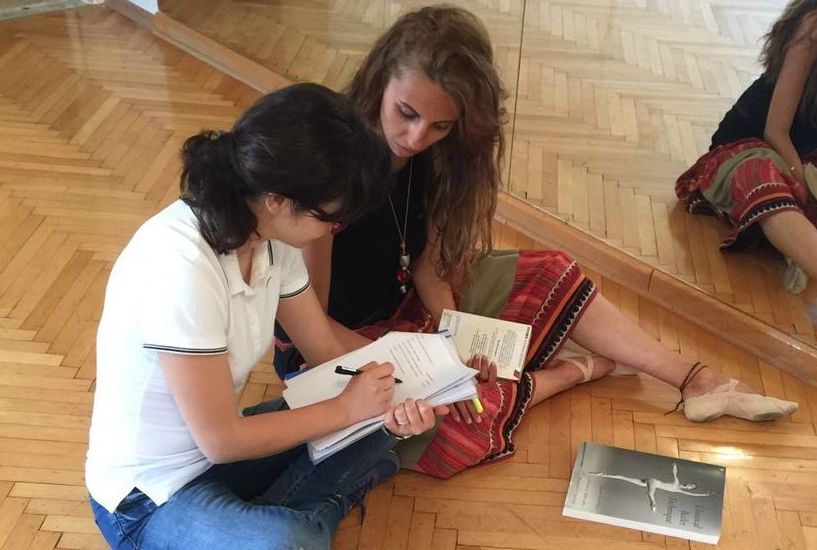Ergotherapy and Dance
Ergotherapy is the art and science of managing participation of an individual in chosen activities to fix, amplify, and elevate performance, to make it easy to learn the skills and functions required for adaptation and productivity, to reduce or rehabilitate pathology, and to promote state of good health.
World Health Organization defines health as “a state of complete physical, mental and social well-being”. To maintain our health and the balance in our daily life, it is quite significant to create a balance between work and recreational activities. For this reason, dance, which enables emotions to be expressed as physical activity accompanied with music, beyond doubt, is one of the most effective ways of supporting an individual to sustain his or her health.
Studies found that dance has several significant physical effects, namely body flexibility, strength and an aesthetic look as well as improvement of balance and coordination. Besides physical effects, an individual’s life quality and satisfaction improves by reducing negative symptoms which complicate daily life like fatigue, anxiety, depression, nervousness. A study that compares individuals who dance with varying frequencies indicates that in correlation with dancing frequency, physical competence as well as cognitive and social function benefits increase. The study concluded that dancing regularly and frequently can cause individuals to feel less depressed and more happy.
Along with healthy individuals, it is pointed out that therapies containing dance for chronic diseases foster individuals’ mental and physical well-being. For instance, studies including geriatric (elderly) individuals with Parkinson’s disease express that social interaction and participation in daily life activities increase, namely, physical and mental well-being of individuals is maintained. Another study including individuals with dementia concludes that dance programs in various forms reduce problematic behaviors due to the disease, and improve social interaction.
To conclude, regular dance activities have a significant role in achieving a complete well-being by increasing physical skills and social interaction as well as exalting mental state (1-5).
References:
1. Lakes KD, Marvin S, Rowley J, San Nicolas M, Arastoo S, Viray L, et al. Dancer perceptions of the cognitive, social, emotional, and physical benefits of modern styles of partnered dancing. Complementary therapies in medicine. 2016;26:117-22.
2. Guzmán‐García A, Hughes J, James I, Rochester L. Dancing as a psychosocial intervention in care homes: a systematic review of the literature. International journal of geriatric psychiatry. 2013;28(9):914-24.
3. Bognar S, DeFaria AM, O’Dwyer C, Pankiw E, Simic Bogler J, Teixeira S, et al. More than just dancing: experiences of people with Parkinson’s disease in a therapeutic dance program. Disability and rehabilitation. 2016:1-6.
4. Organization WH. International classification of functioning, disability and health: ICF: World Health Organization; 2001.
5. Backman CL. Occupational balance: Exploring the relationships among daily occupations and their influence on well-being. Canadian Journal of Occupational Therapy. 2004;71(4):202-9.
Öğr. Gör. Zeynep BAHADIR AĞCE
Ekin AKBAŞ ARPACI


